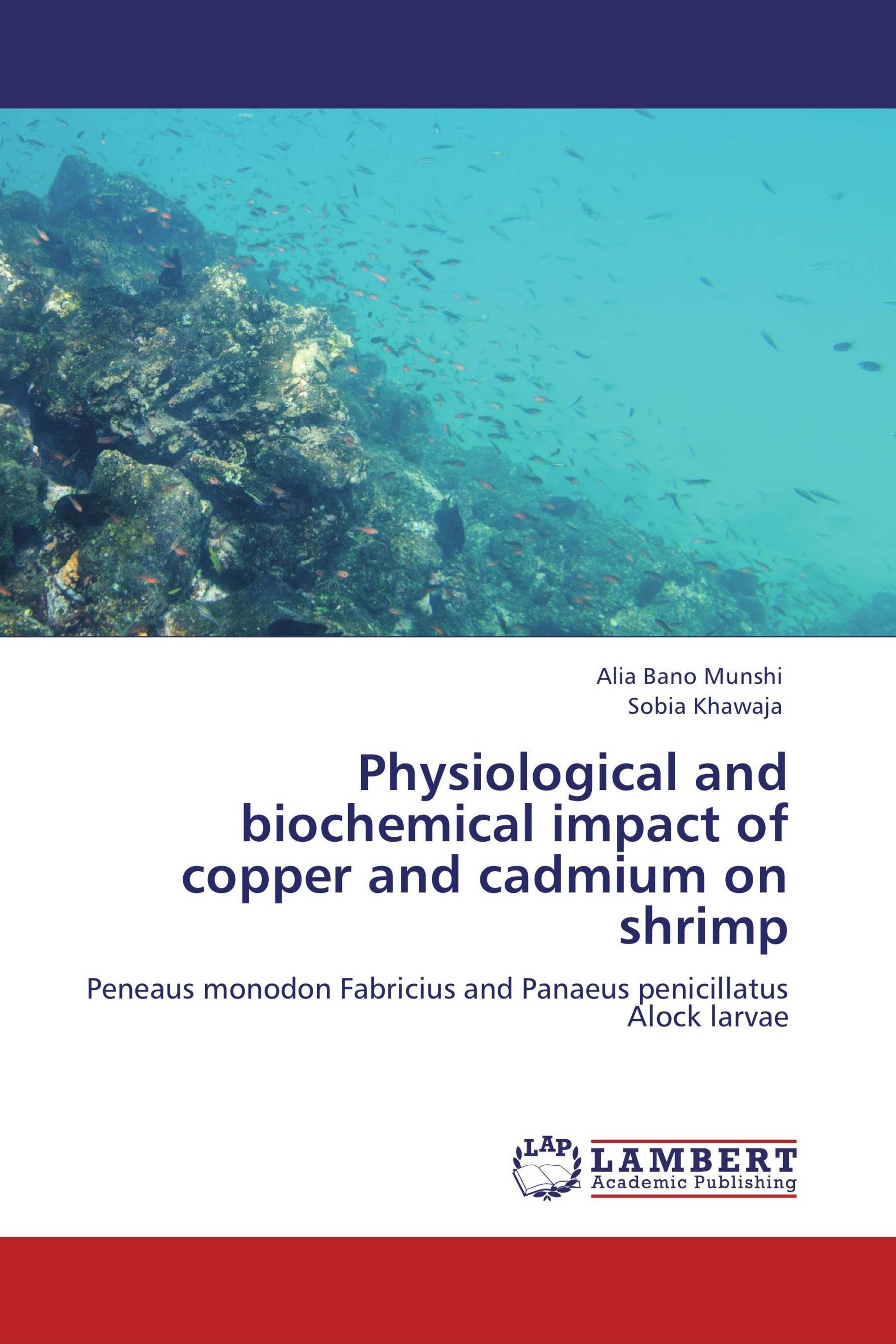Physiological and biochemical impact of copper and cadmium on shrimp
Peneaus monodon Fabricius and Panaeus penicillatus Alock larvae
LAP Lambert Academic Publishing ( 2012-05-10 )
€ 79,00
The physiological consequences of copper and cadmium on Penaeus monodon and Penaeus penicillatus larvae have been studied under various ecological conditions with a number of biochemical reactions. Acute toxicities cause 100% mortality in shrimp larvae at different concentration of copper and cadmium. All biochemical compositions change due to larvae's being exposed to copper and cadmium. Gradually, lipid, carbohydrate and ash contents decrease along with increased concentration of each metal, but protein reacts inversely. Amino acid contents are inhibited by copper and cadmium in all tested larvae of penaeid shrimp, which decrease as concentration of copper and cadmium increases. The interrelation between ecological factors and heavy metal pollutants in the sea was observed and population abundance of any species in the ocean is directly affected by ecological factors. A decline in abundance and duration of survival varies with changes of pH, salinity, solar radiation and temperature. It was observer that survival and temperature were directly proportional and the effect of solar radiation on the uptake of Cu and Cd was expressed by linear regression.
Book Details: |
|
|
ISBN-13: |
978-3-659-11254-6 |
|
ISBN-10: |
3659112542 |
|
EAN: |
9783659112546 |
|
Book language: |
English |
|
By (author) : |
Alia Bano Munshi |
|
Number of pages: |
264 |
|
Published on: |
2012-05-10 |
|
Category: |
Microbiology |




